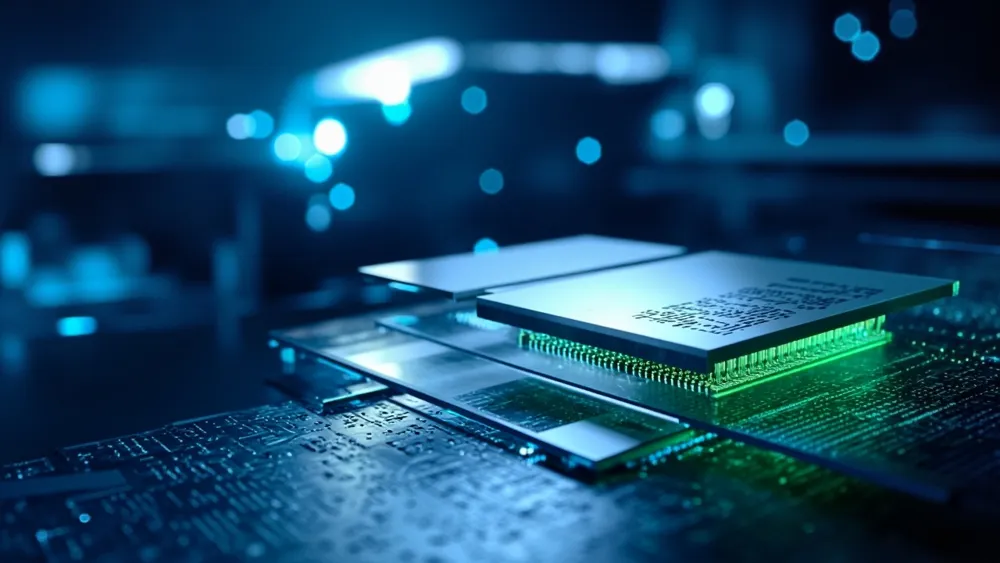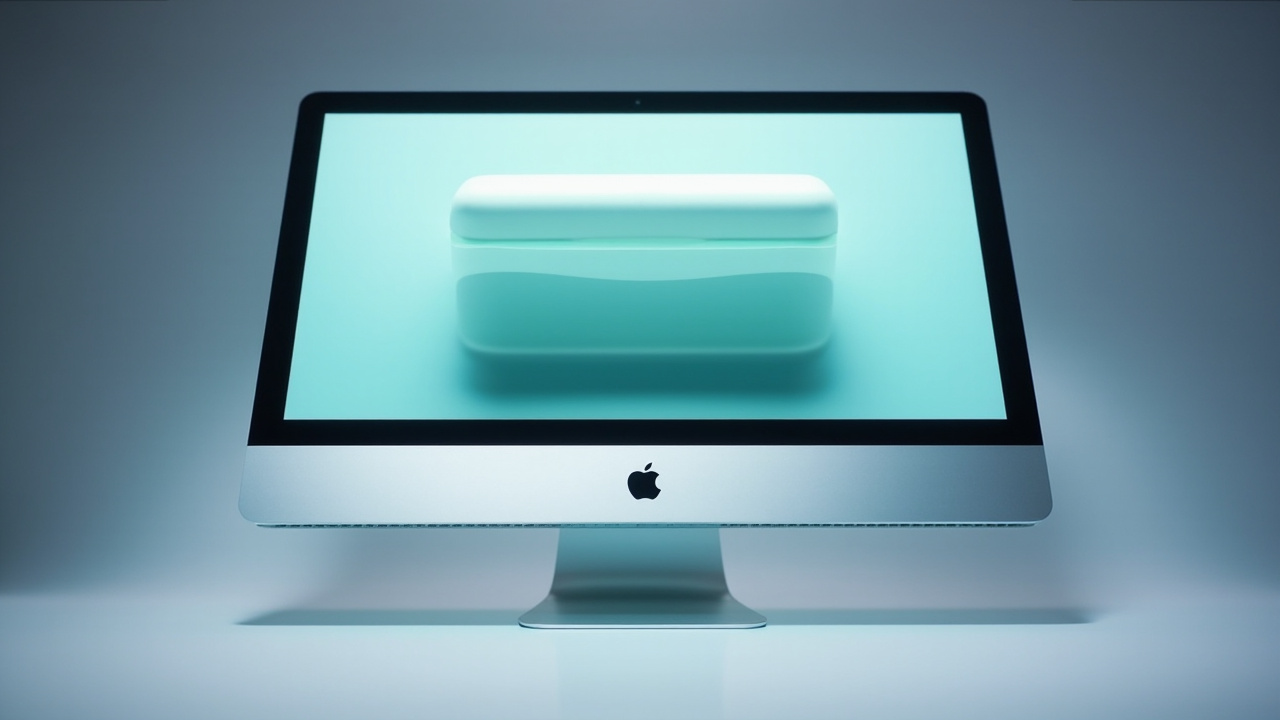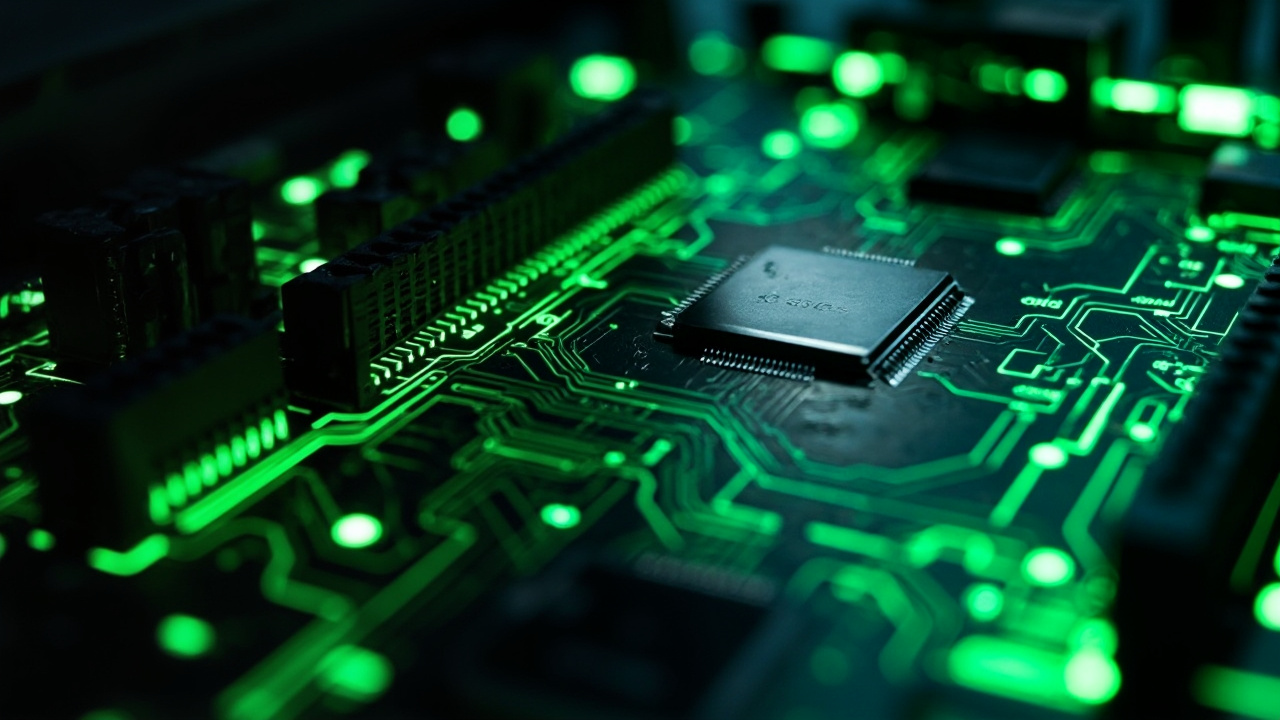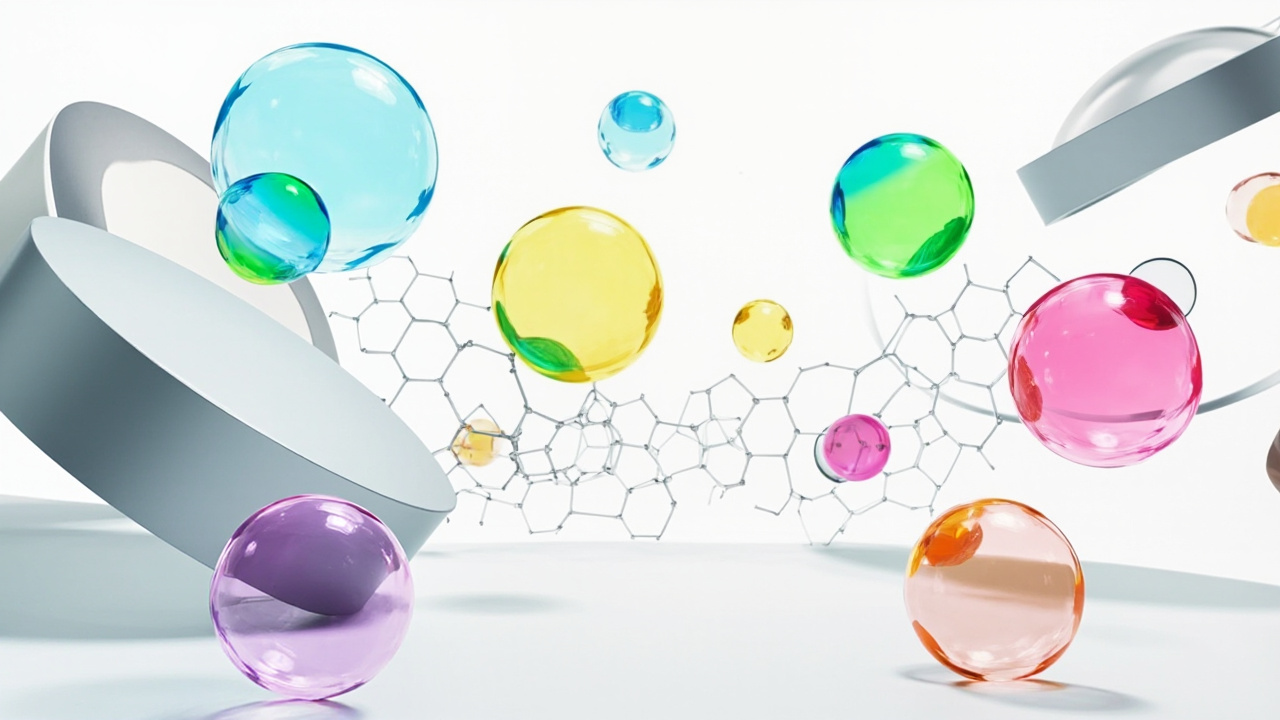Samsung Leads in DRAM with Dry Photoresist Technology

Samsung Electronics has recently made headlines by reportedly becoming the first in the DRAM sector to implement dry photoresist (Dry PR) technology, a significant advance poised to reshape the semiconductor landscape. This technology, which will be utilized in the upcoming 6th generation 10nm-class fabrication process (1c nm), marks a technological leap that could set new standards for efficiency and precision in RAM production.
The introduction of dry photoresist technology is noteworthy not only for its innovative approach—bypassing the solvent-based rinsing processes of traditional wet photoresists—but also for its potential impact on manufacturing yields. Dry PR allows for a more efficient deposition directly onto wafer surfaces, mitigating issues associated with liquid surface tension that can compromise pattern integrity. This shift could enhance exposure efficiency and facilitate finer line widths, ultimately resulting in improved signal integrity and reliability, specifically for products like the High Bandwidth Memory (HBM4). As Samsung integrates these advancements, it is likely to gain a competitive edge, potentially pressuring other players in the semiconductor market to adapt similarly.
In a broader context, Samsung's move aligns with ongoing trends in semiconductor manufacturing aimed at maximizing efficiency and output. The field is witnessing a gradual shift towards edge computing, where high-performance memory solutions are pivotal for handling low-latency networking demands. However, this innovation does not come without risks; Samsung must navigate the potential pitfalls associated with its initial deployment, including capital expenditure on new equipment and the learning curve associated with implementing a novel process. Should this technology prove to be as effective as anticipated, it may catalyze a rapid innovation cycle across the industry, reshaping market dynamics and potentially benefiting consumers with faster and more reliable memory solutions.
Read These Next

Apple Launches Linux Containerization Framework for Mac
Apple has launched its Containerization framework, enabling seamless interaction with Linux container images on Mac, a strategic move to enhance developer engagement and competitiveness in the tech landscape.

Mingxuan Launches Terminator B850M PRO DARK WIFI Motherboard
The article discusses the launch of the Mingxuan Terminator B850M PRO DARK WIFI motherboard, noting its aesthetic changes while retaining core specifications. This move highlights the importance of design in PC hardware and raises questions about performance trends and user priorities in the tech landscape.

A-Share Companies Explore Partnership with Bubble Mart
IP Labubu's success in gaming has attracted A-share companies, spurring cooperation efforts amid the booming blind box economy.
